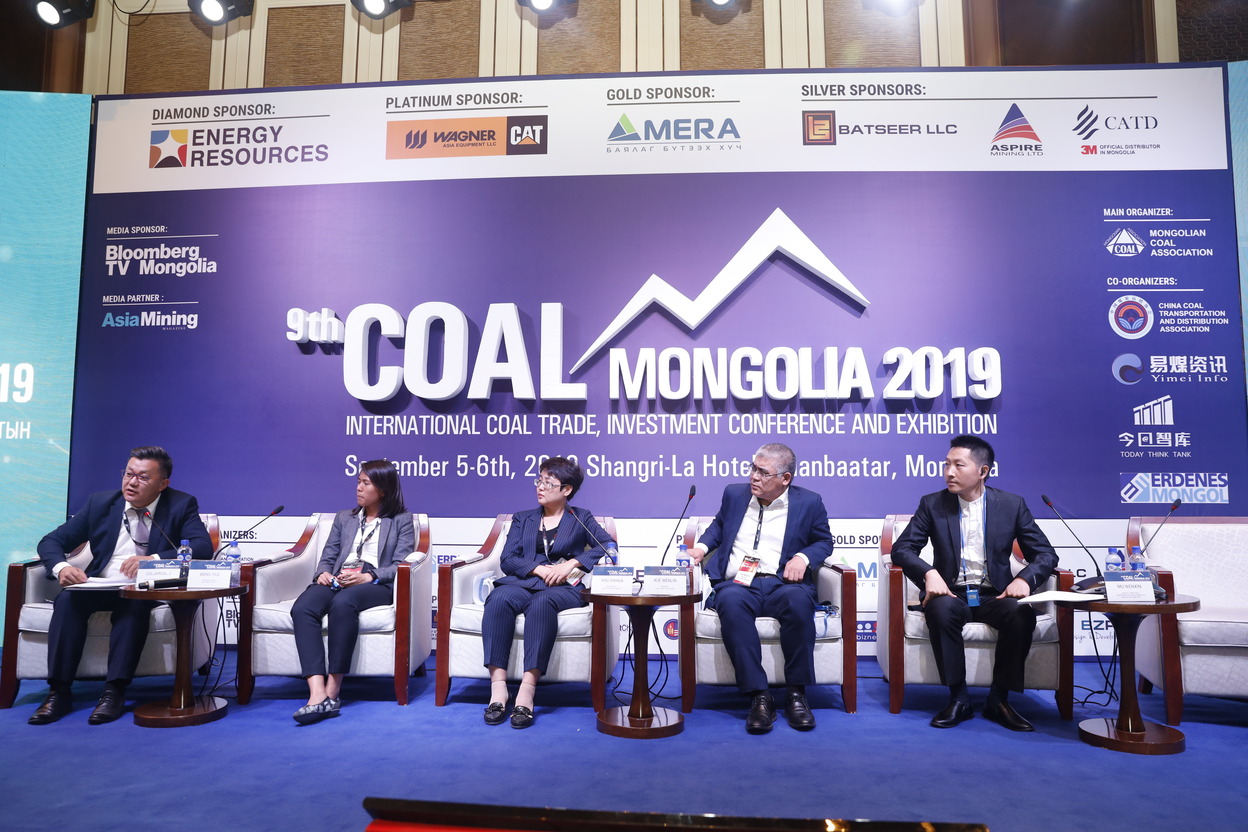
Coal Mongolia-2019
Similar to the growth seen in other industries in the 21st century, the mining industry is experiencing a growing trend in the number of start-up companies in various mining-related operations. At the beginning of 2018 there are nearly 200 start-ups operating in the sector, and these companies are located all over the world.
What is a start-up?
The Oxford Dictionary defines a start-up as ‘a newly established business’. In an article on Forbes, Natalie Robehmed notes that ‘the key attribute of a start-up is its ability to grow… [and it] is a company designed to scale very quickly.’ Robehmed also says that start-up companies are often thought of as being solely tech companies, but notes that ‘a start-up, by definition, does not have to be tech-oriented’ (Robehmed, 2013).
Start-ups are very popular, not only in the mining sector but in other sectors as well. Many innovative ideas result from start-up companies, and these can be leveraged by traditional mining companies in the near future. Investors see value in putting their money into start-ups, and compared to other sectors the mining sector is lagging in digitalisation. So there is a huge potential to bring cutting edge technology and innovation to the sector through these start-up companies.
Start-ups cover most mining activities, and it is fascinating to witness the services, solutions and products they offer to the wider industry. Traditional mining companies should leverage the innovative services provided by start-ups instead of inventing everything by themselves. By doing this, a traditional mining company can accelerate its own progress towards sustainable mining – a hugely important consideration given the increased expectations for mining companies regarding social licence to operate.
Working with start-up companies also has the added advantage of bringing an outside perspective into the mining business as well, potentially leading to new, creative solutions to existing industry problems.
As shown in Figure 1, start-up investors use their money to open up new start-ups gradually. The upward trend in recent years is a positive sign for the current and future health of the industry, given the recent mining downturn. Investors have clearly seen value in investing in mining start-ups.
Mining start-up focus areas
Start-up owners are mainly focused on six areas to improve the mining sector: technology, infrastructure, environment, finance, human resources and operations. Within each category, there are several focus areas as well.
Technology-driven start-ups can provide many services and products to traditional mining companies, including:
- wireless sensor networks for machine to machine data collection
- cloud networking
- virtual and augmented reality headsets
- internet of things (IoT) cloud platforms to enable machine intelligence
- drones
- web-based exploration data management systems
- mine site automation and reporting
- machine learning in mining exploration
- next-generation geotechnical numerical modelling.
Figure 2 shows some of the services provided by technology-driven start-ups in the mining industry.
Similarly, Figure 3 shows some of the services provided by infrastructure, environment, human resources, finance and operations-driven start-ups.
These start-ups can provide services such as:
- remote water monitoring
- waste management
- online training for mining companies
- intelligent infrastructure for mining plants
- advanced process control for the mineral processing industry
- smart mine production
- powerfully simple shift planning for mines
- efficient, accurate and safe geological mapping.
Services, products and solutions
The majority of mining start-ups are designed to create value by leveraging technology. As illustrated in Figure 4, 37 per cent of start-ups are focused on technology development in the mining sector. Furthermore, it is encouraging to see ten per cent focused on environment and embracing the concept of sustainable mining. It is also good to see eight per cent being allocated for human resources areas such as health and safety, mining education and training, recruitment and staff optimising.
Geography
It is interesting to note that mining start-ups are spread all over the world. Unsurprisingly, Australia and the United States show similar percentages for start-ups when compared to other countries. The results make sense, as Australia and the USA are the giant mining hubs of the world. Furthermore, there should be growing potential for the start-up market in these countries.
Figure 5 shows the number of operating mining start-ups per country. Australia leads the world in this category – a notable achievement.
Figure 6 shows a visual representation of the top ten mining start-up cities. It is surprising to see that the majority of start-ups are based in Santiago, Chile. Next are the four big Australian mining cities of Brisbane, Perth, Melbourne and Sydney. While there may be fewer mines operating in New South Wales and Victoria, Melbourne and Sydney are mining business hubs, and that could be the reason some of the start-ups originate there. Other contributors are Canadian cities such as Toronto, Calgary and Ottawa, as well as Johannesburg and San Francisco.
Conclusion
It is promising to see that start-ups are emerging that will help the mining sector improve its activities in different areas of operation. As an industry, we need to utilise these new services to improve our business. One of the main barriers towards improvement in the sector is that sometimes mining company leaders try to ‘reinvent the wheel’. A lot of what they might be trying to achieve is already out there, offered by specialised start-up companies. It is therefore imperative that mining leadership has a clear understanding of the services offered by start-ups.
In summary, mining leaders should try to leverage the lucrative services, optimised products and innovative solutions that are provided by industry start-ups in order to improve their mining business. Collaboration between traditional mining companies and start-ups has the potential to be highly beneficial for long-term development of the global mining sector.
Source: www.ausimmbulletin.com
